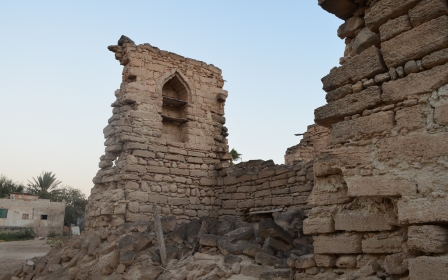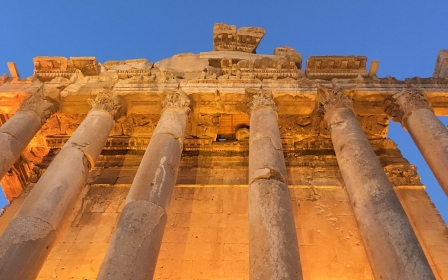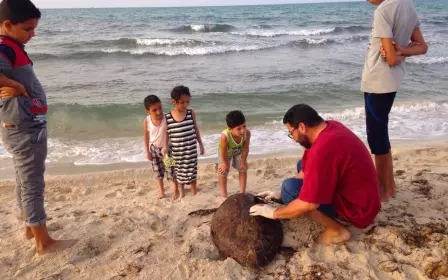In pictures: Kuwait's Failaka Island, treasures, and ghosts of history
Located on the ancient trade routes to China and India, Kuwait's Failaka Island has been inhabited since the Bronze Age, made attractive by its freshwater springs from as early as 2500 BC. The presence of more than a dozen archaeological sites from different historical periods attests to the island's importance as a cultural hub. (All photos by Fanny Arlandis)
The island was impacted by recent events too when its entire population fled following the Iraqi invasion of Kuwait on 2 August 1990. Failaka was captured by Saddam Hussein's troops and its 2,000 residents, mainly fishermen and villagers, left their homes and escaped to the capital, Kuwait City.
Debris from the war - including rusty tanks, semi-automatic weapons and military equipment - can still be found across the island. Failaka's beaches were sowed with landmines, and its monuments and buildings were used by the Iraqi army for target practice.
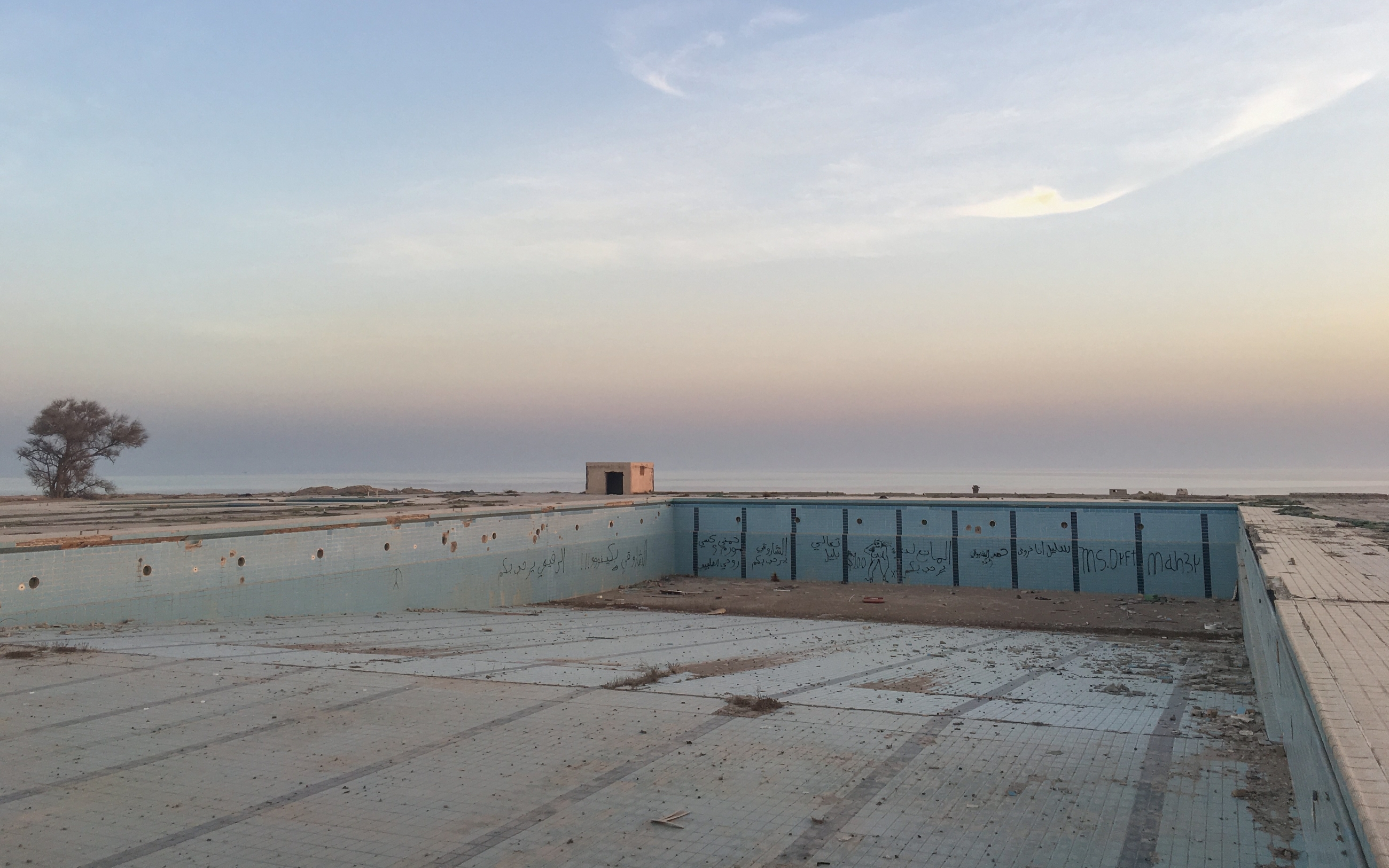
In February 1991, Failaka Island was recaptured by American forces and the 1,400 Iraqi soldiers stationed there were expelled. The island then became a training camp for US marine corps units and closed to the public.
On 8 October 2002, a US soldier was shot dead and another wounded during a training exercise on the island by two Kuwaiti nationals in a pickup truck, dressed in civilian clothing. The incident was part of a spate of small-scale attacks on the large US military presence in the country post 9/11 and ahead of the 2003 US invasion of Iraq.

The vast majority of people who fled Failaka in 1990 never returned. Their homes were either purchased by the authorities or abandoned. The island’s infrastructure gradually fell into disrepair, including this former school.
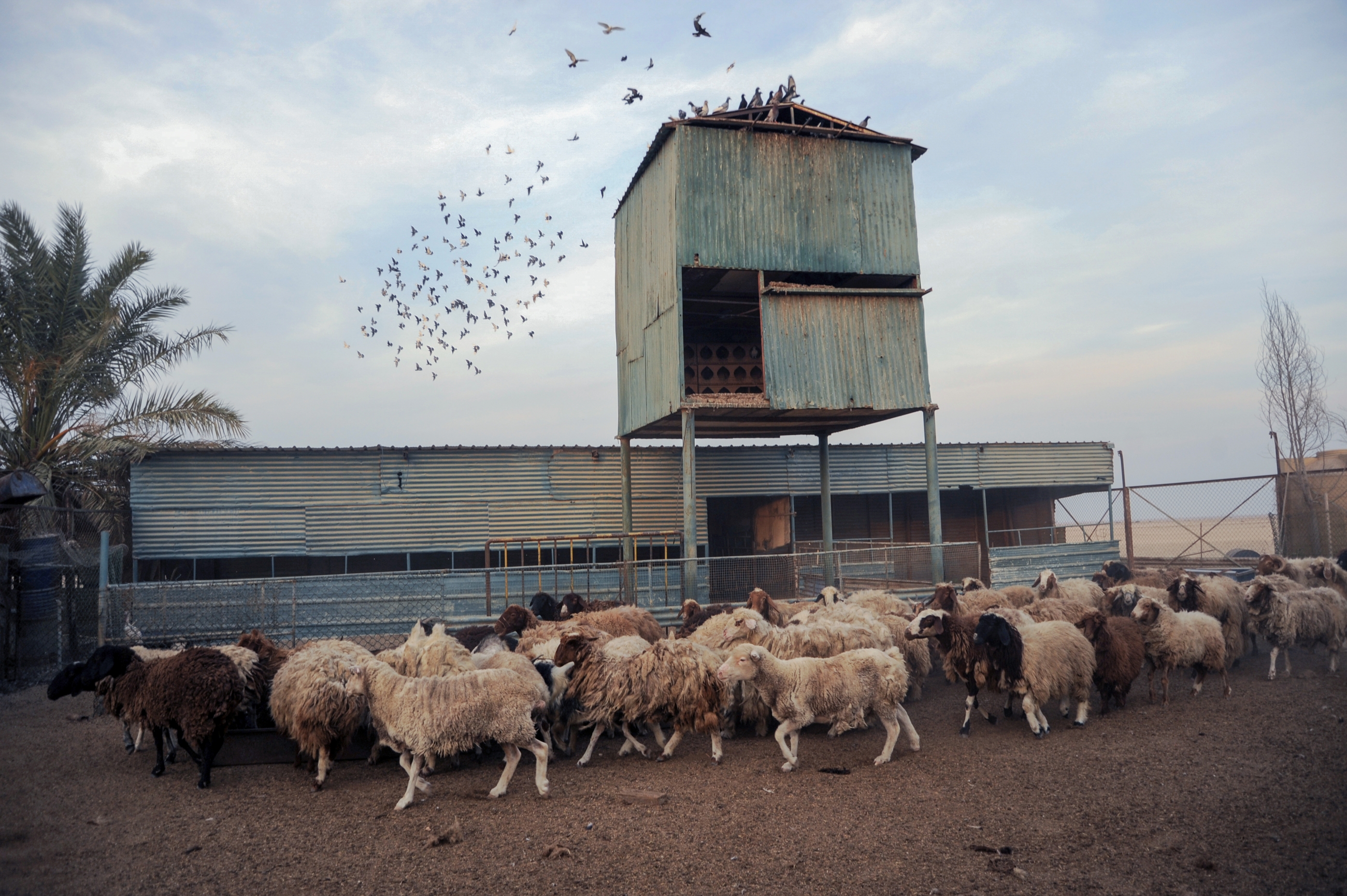
Those islanders who did return include a small fishing community that settled in shacks near the beach. Migrant workers, mainly from Bangladesh, operate the island’s few shops, while a small number of farmers own some livestock.
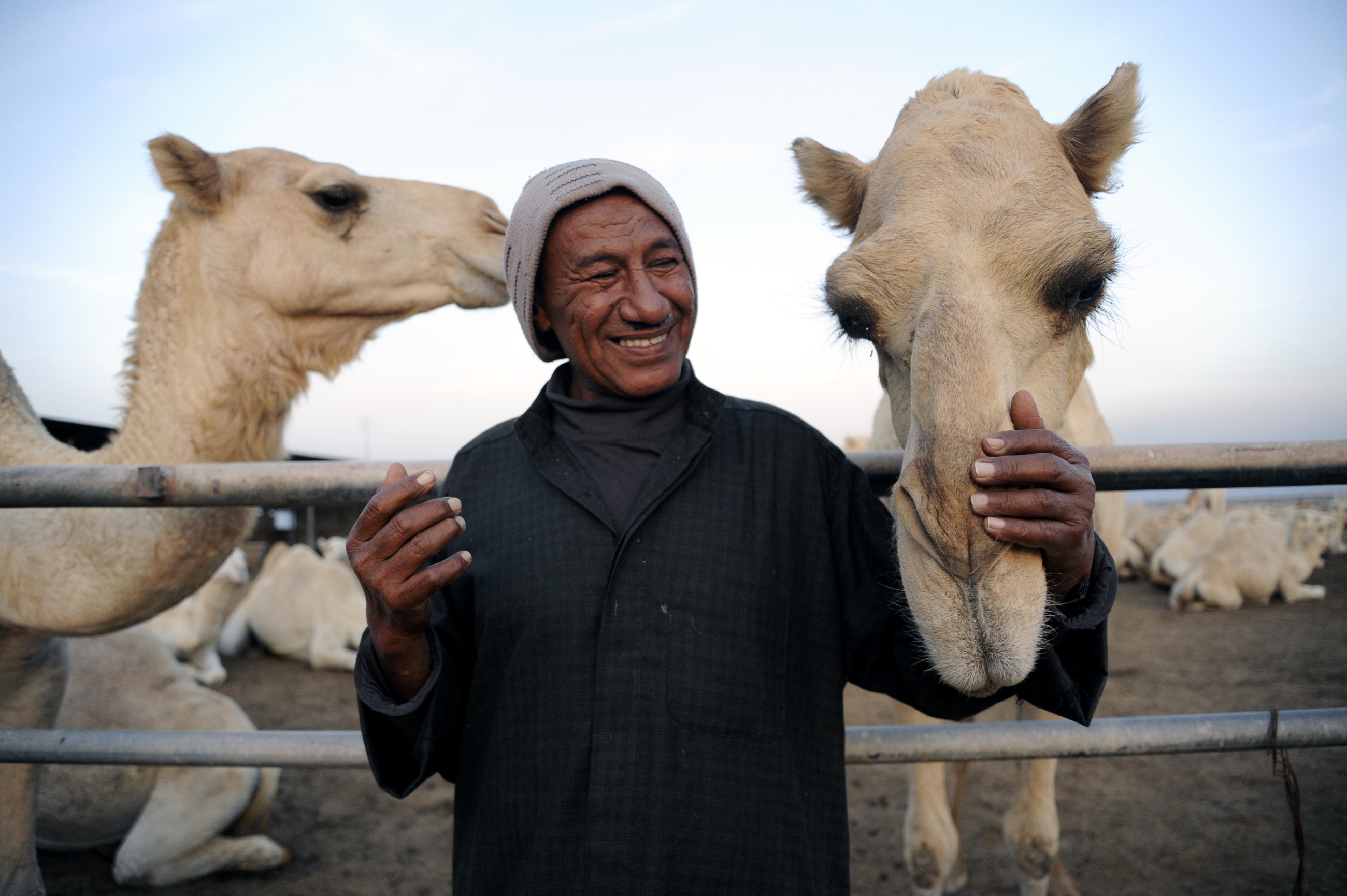
Abou Ali, a 45-year-old Sudanese national, lives on a farm in Failaka and tends dromedaries owned by the Kuwaiti Emir, Sheikh Sabah al-Ahmad al-Jaber al-Sabah. Abou Ali has lived on Failaka Island since 1990, where he looks after roughly 150 animals, each of which he has named. He lets out the dromedaries every morning at 7am and begins rounding them up at 3pm.
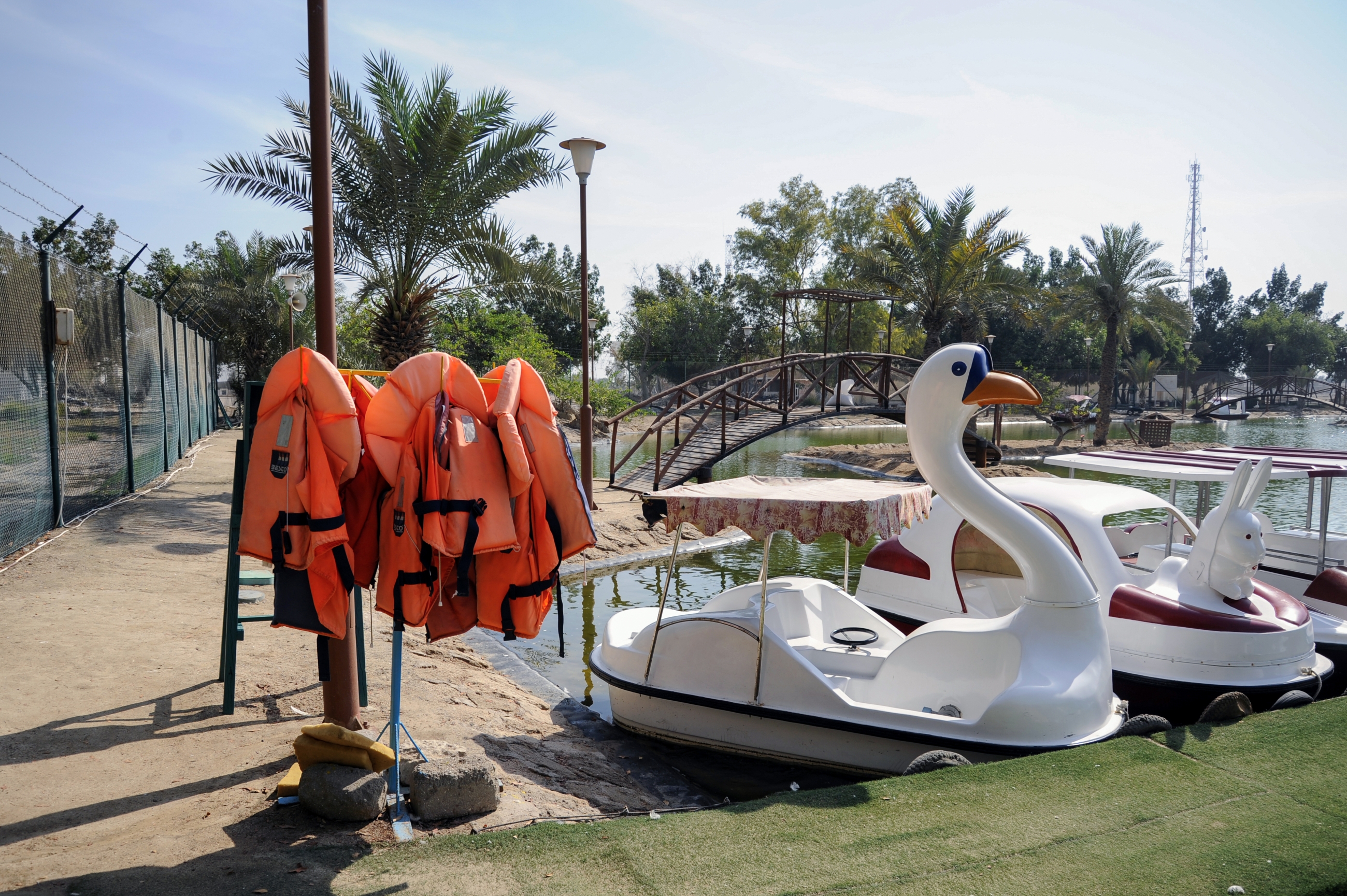
For the past several years, developers and Kuwaiti authorities have had their sights set on attracting tourism to the island. A ferry line currently runs between Kuwait City and Failaka, but the island has failed to draw tourists and its facilities, like these paddle boats, are generally unused.
What the island does attract however, is archaeologists: a French-Kuwaiti mission is currently carrying out two excavations on Failaka, including the settlement of al-Qusur, in the centre of the island, that appears to have been a Christian monastery.
This site is particularly important as it would prove that Christian communities were present in the Gulf following the Muslim conquests of the seventh century. Two churches, a refectory, and a small number of dwellings have been discovered so far.

Every year, Kuwaiti authorities finance excavation missions in Failaka. International teams from some 95 countries, including France, Denmark, Poland, Slovakia, Italy and Georgia, can be seen exploring the island from October to May. Julie Bonneric, the director of the French-Kuwaiti archaeological mission (above), says that the Kuwaiti department of antiquities has commissioned excavation missions at almost all of Failaka’s major sites.
In 2013, Kuwait submitted a bid for two of Failaka’s sites to be added to the Unesco World Heritage list. The state's unprecedented interest in archaeology is part of a wider, heritage-focused movement among countries in the Gulf.
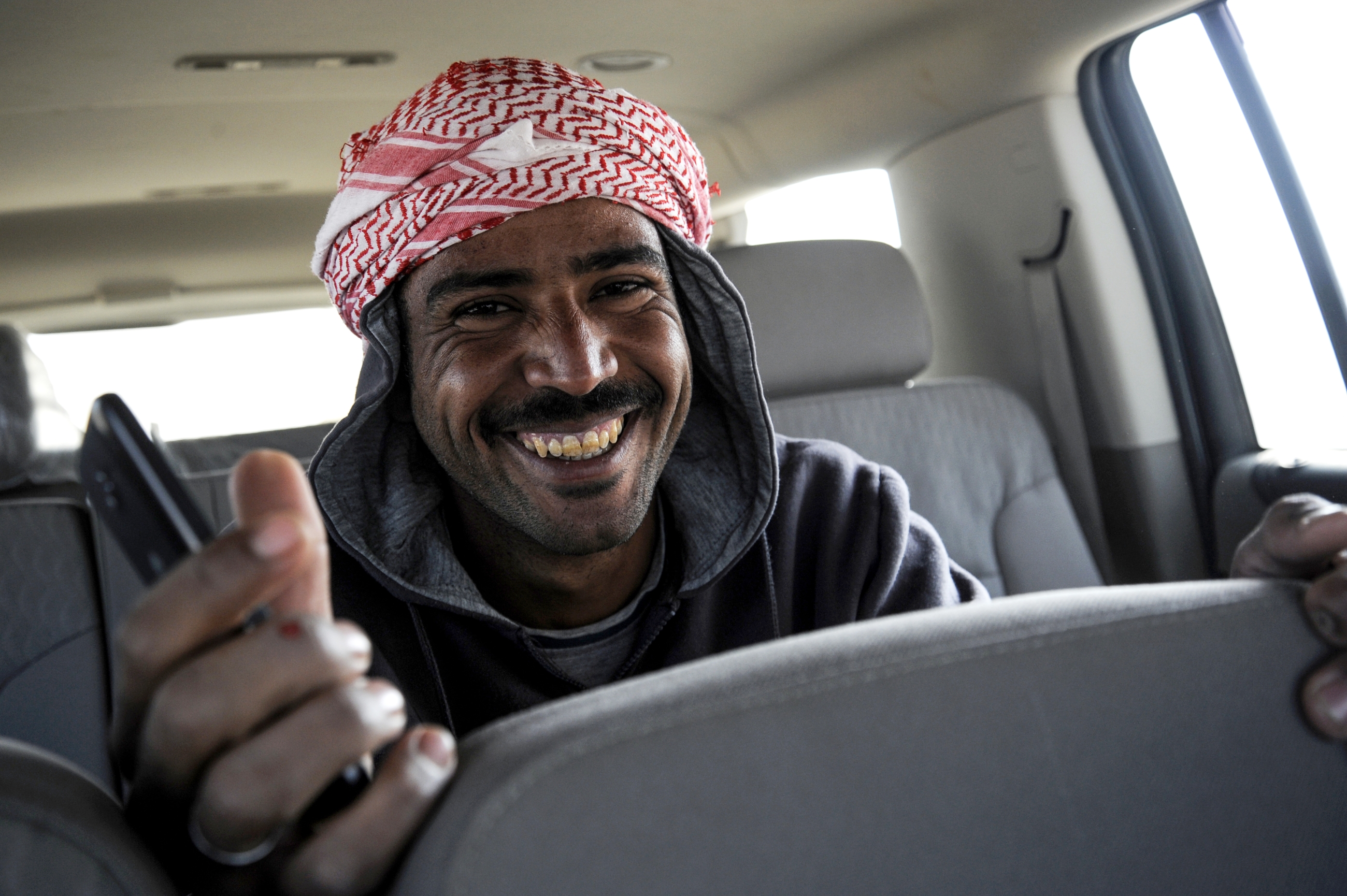
None of these excavations would be possible without their workers. Ahmad, from Egypt (above), works for the French-Kuwaiti mission at both the Hellenistic Fortress, in the top image, and the Christian complex at al-Qusur.
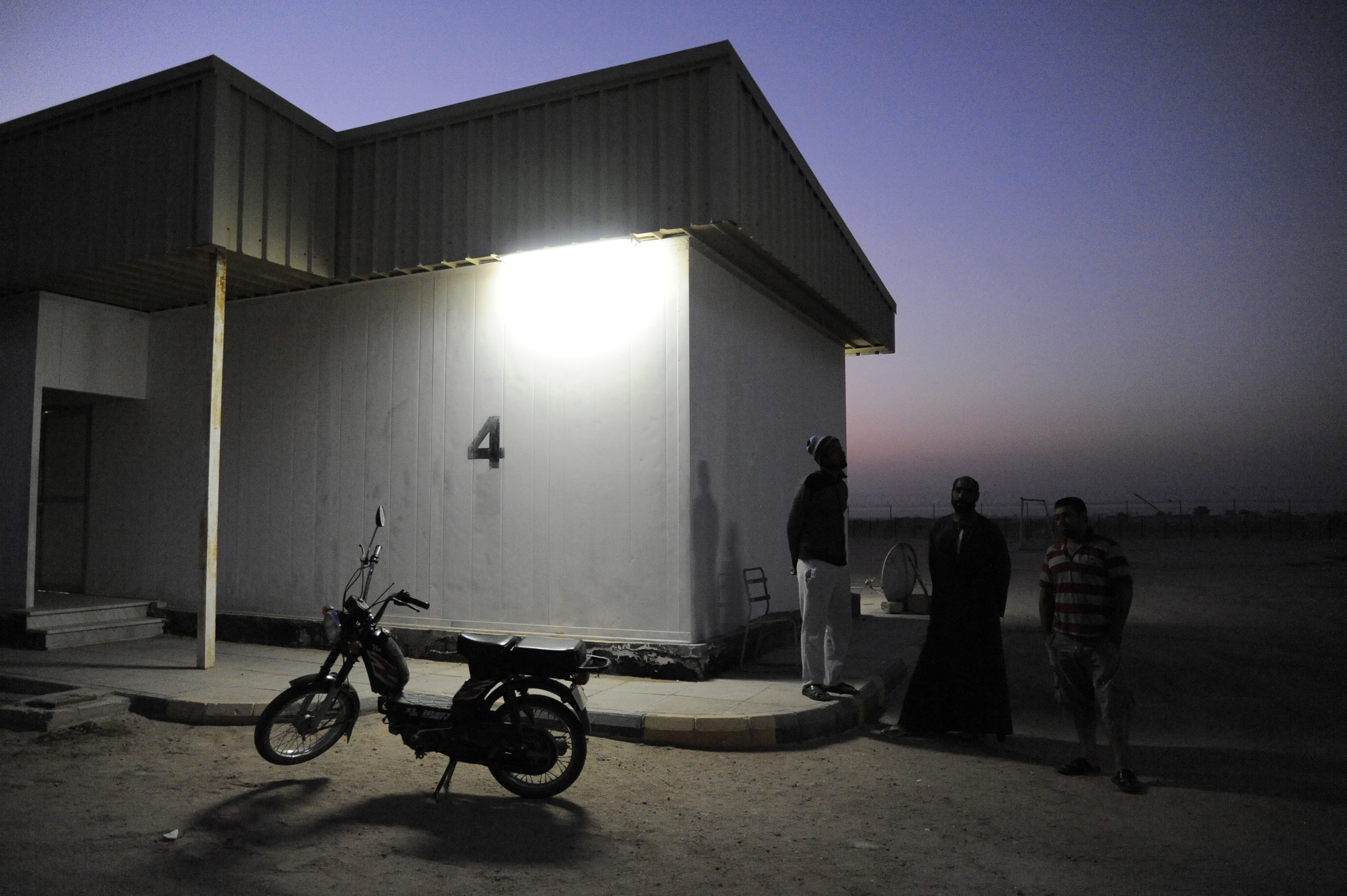
A medical dispensary is open for workers requiring medical attention. Dr Ruhul Amin, a native of Bangladesh (which has signed a technical cooperation agreement with Kuwait), treats the less serious cases, such as diabetes, and arranges for the transfer of other patients by helicopter to the mainland.
This piece was originally published on MEE French.
Middle East Eye delivers independent and unrivalled coverage and analysis of the Middle East, North Africa and beyond. To learn more about republishing this content and the associated fees, please fill out this form. More about MEE can be found here.


